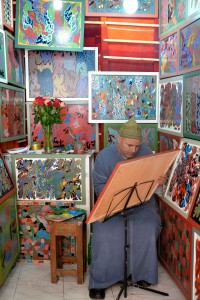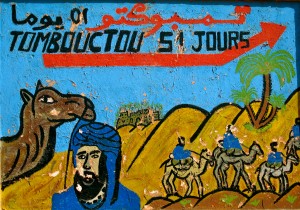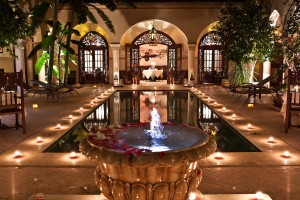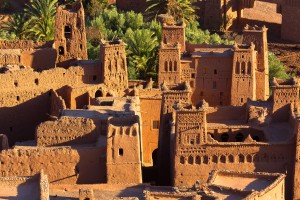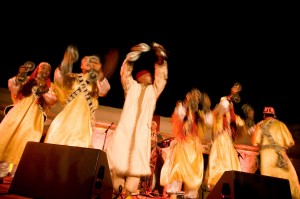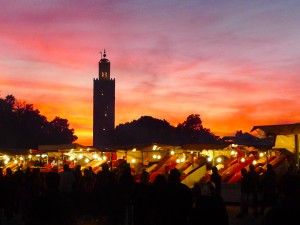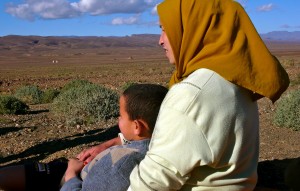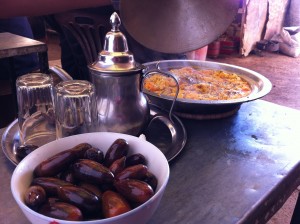The Artists of Essaouira and Joutiya Market
The port city of Essaouira, on Morocco’s Southern Atlantic Coast, is known for its white-washed walled medina (old city), fabulous seafood from its working port, a windswept sandy beach great for watersports and swimming and its annual music festivals, which…

